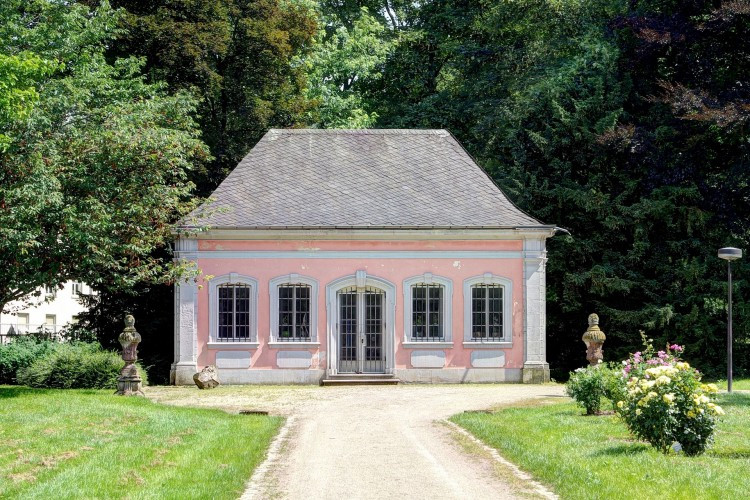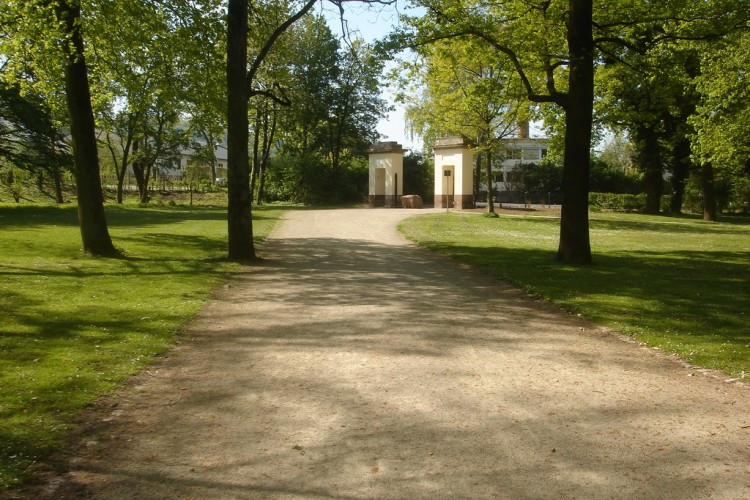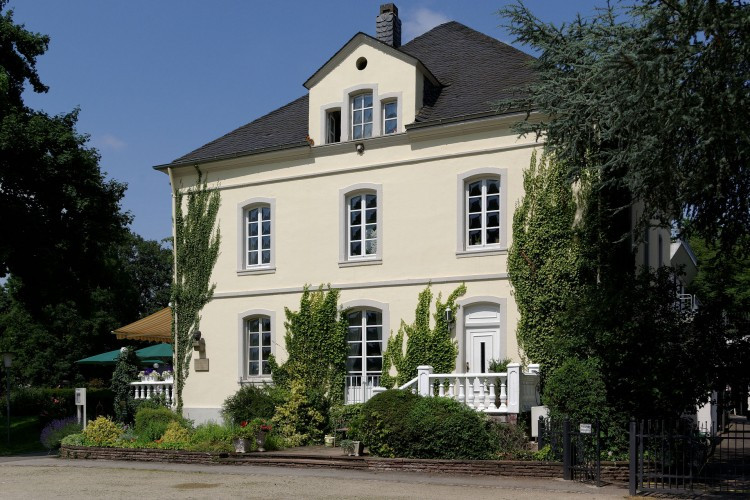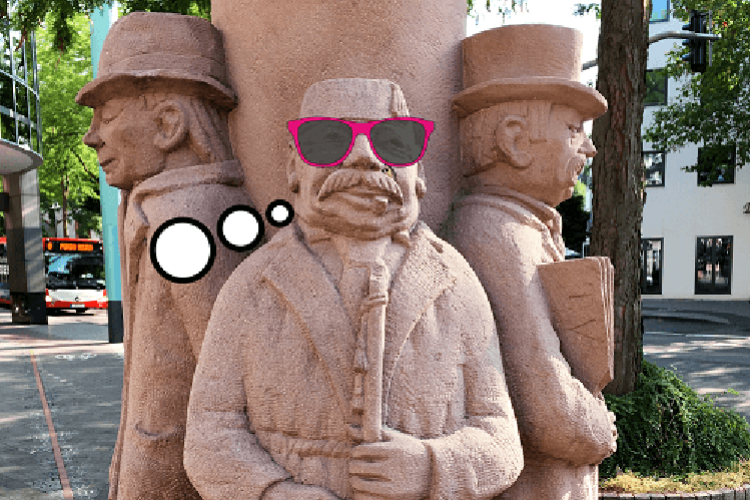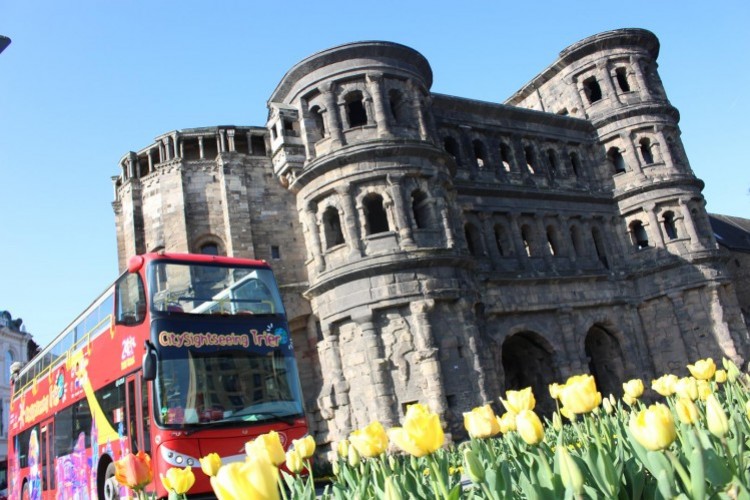Read more
Johann Nikolaus Nell, canon at the St Paulin Monastery was a fan of the latter. In 1792/93, he bought a 95,000-sq-m block north of the city, and spent many years toiling away at creating a garden which, once completed in 1801, is said to have even sent Napoleon into raptures. So captivated was he, that he allegedly sent Trier landscape gardener Jakob Gotthard, who had actively implemented Nell’s plans, a French dinner set.
Today, ‘Nells Ländchen’ is the largest public park in Trier – a place where winding paths snake past mighty trees, rhododendron bushes, a pond, and a rose garden containing some 400 varieties. At the end is the manor built in 1861, and which is today a hotel. An obelisk continues to act as a memorial to the park’s founder.
A must for: The English. Nature lovers. Duck-feeders. Rose enthusiasts and romantics.
Lush oasis: 70%
Swamp: 90% (before the park was created), 0 % (today)
Idyll: 70%
PSSSST! THE INSIDER TIP:
Horticulturist Nell wanted to give the people of Trier a feast for the eyes as well as the stomach. Which is why he created fruit and vegetable garden here, and allowed the local assistant gardeners to sell fruit and vegetable to the people. The garden’s once commercial nature is still apparent in part today: The malt-mill, for example, which lies by the pond somewhat hidden behind trees, remained in use until 1918. Also preserved is the stable, a three-part complex at the northern end of the park (Dasbachstrasse), which is definitely worth a detour. It was actually given a very special honour: Two church windows and a gothic door from the old St Paulin monastery were used in the stable as a romantic park motif.
Today, ‘Nells Ländchen’ is the largest public park in Trier – a place where winding paths snake past mighty trees, rhododendron bushes, a pond, and a rose garden containing some 400 varieties. At the end is the manor built in 1861, and which is today a hotel. An obelisk continues to act as a memorial to the park’s founder.
A must for: The English. Nature lovers. Duck-feeders. Rose enthusiasts and romantics.
Lush oasis: 70%
Swamp: 90% (before the park was created), 0 % (today)
Idyll: 70%
PSSSST! THE INSIDER TIP:
Horticulturist Nell wanted to give the people of Trier a feast for the eyes as well as the stomach. Which is why he created fruit and vegetable garden here, and allowed the local assistant gardeners to sell fruit and vegetable to the people. The garden’s once commercial nature is still apparent in part today: The malt-mill, for example, which lies by the pond somewhat hidden behind trees, remained in use until 1918. Also preserved is the stable, a three-part complex at the northern end of the park (Dasbachstrasse), which is definitely worth a detour. It was actually given a very special honour: Two church windows and a gothic door from the old St Paulin monastery were used in the stable as a romantic park motif.

